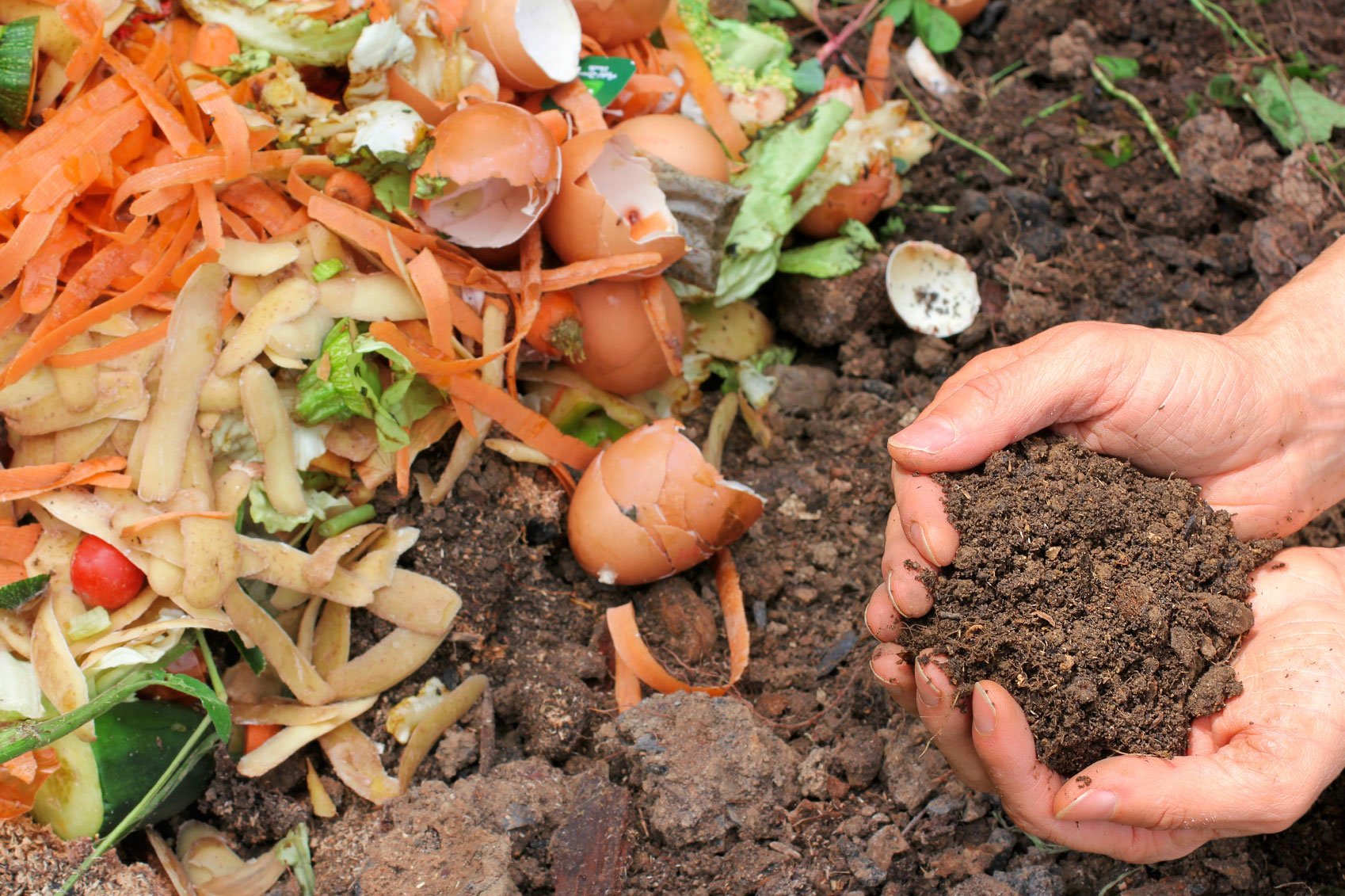Open the Conveniences of Red Wiggler Composting for Your Organic Garden
Open the Conveniences of Red Wiggler Composting for Your Organic Garden
Blog Article
Understanding the Advantages of Red Wiggler Composting: Just How This Effective Method Transforms Organic Waste Into Nutrient-Rich Dirt Amendments
Red Wiggler composting, employing the varieties Eisenia fetida, presents an engaging strategy to natural waste monitoring, converting kitchen area scraps and yard particles into important dirt changes. This technique not only improves dirt fertility yet additionally addresses pressing environmental concerns, consisting of garbage dump waste reduction and greenhouse gas emissions.
What Are Red Wigglers?
Red wigglers, medically understood as Eisenia fetida, are a types of earthworm that play a pivotal function in vermicomposting systems. These worms are identified by their reddish-brown color, segmented bodies, and a distinctive capacity to prosper in organic-rich atmospheres, making them perfect for composting applications - Red Wiggler Composting. Unlike their garden-dwelling equivalents, red wigglers favor to live in the top layers of soil, where decomposing matter is abundant
Generally measuring in between 3 to 4 inches in length, red wigglers have a high reproductive rate, enabling them to increase swiftly under optimal conditions. They have a distinct digestion system that allows them to refine organic waste effectively, transforming it into nutrient-rich castings, which are highly valuable for plant development.
Their resistance to varying moisture degrees and temperature level varies better improves their energy in vermicomposting arrangements, making them a popular option among composting lovers. Additionally, red wigglers are cardiovascular microorganisms, which requires a well-aerated composting setting, making certain effective disintegration. Comprehending the biological qualities and behaviors of red wigglers is crucial for enhancing their usage in sustainable waste management techniques.

Advantages of Vermicomposting
Using the power of vermicomposting offers a multitude of agricultural and environmental benefits. First of all, it substantially reduces organic waste in garbage dumps, thus decreasing methane discharges, a potent greenhouse gas. By diverting food scraps and yard waste to vermicomposting, we support an even more lasting waste administration system.
In addition, vermicomposting enhances soil wellness. The spreadings produced by red wigglers are rich in vital nutrients, microbes, and enzymes, boosting soil structure and fertility. This nutrient-rich modification advertises durable plant development and raises water retention, reducing the demand for chemical plant foods.
Moreover, vermicomposting fosters biodiversity in the soil ecosystem. The introduction of advantageous bacteria from worm castings aids in illness suppression and nutrient biking, developing a much healthier setting for plants.
Economically, vermicomposting lowers the prices connected with chemical inputs and waste disposal. Gardeners and farmers can grow high-grade fruit and vegetables at reduced costs, contributing to food safety and sustainability.
Exactly How to Start Composting
Starting a composting endeavor can be a satisfying and straightforward procedure. This will aid preserve a well balanced temperature, crucial for the composting procedure.
Gather organic products such as kitchen scraps, backyard waste, and shredded paper. Go Home Page for a well balanced mix of 'green' materials, high in nitrogen (e.g., fruit scraps, coffee grounds), and 'brownish' products, rich in carbon (e.g., dried fallen leaves, cardboard) A proportion of roughly 2:1 environment-friendly to brown materials is suitable.
Start layering your products, ensuring appropriate air circulation by turning the stack on a regular basis. This advertises aerobic decay, speeding up and decreasing smells up the process. Monitor wetness levels; the compost ought to feel like a wet sponge yet not overly wet.
Nutrient Profile of Vermicompost
Composting, specifically with red wigglers, find out generates a nutrient-rich item understood as vermicompost. Furthermore, it supplies micronutrients like iron, calcium, and magnesium, cultivating durable plant growth and boosting soil health.
The microbial activity existing in vermicompost additionally enhances its profile, introducing advantageous germs and fungis that promote nutrient schedule and uptake in plants. This organic element aids in subduing plant conditions and enhancing soil framework, causing improved water retention and aeration.

Ecological Impact of Composting
The ecological impact of composting, especially via using red wigglers, is extensive and multifaceted. This method substantially reduces the volume of natural waste sent out to landfills, which subsequently lessens greenhouse gas discharges, specifically methane-- a powerful my explanation contributor to climate adjustment. By drawing away organic materials from garbage dumps, red wiggler composting not just helps reduce environmental degradation however also advertises lasting waste management practices.

Additionally, composting contributes to carbon sequestration, as the process captures carbon dioxide from the atmosphere and shops it in the dirt. This natural procedure help in combating environment modification while enhancing the dirt - Red Wiggler Composting. On the whole, red wiggler composting provides a practical, environment-friendly service for waste monitoring and ecological sustainability, promoting much healthier ecological communities and an extra lasting future
Conclusion
In conclusion, Red Wiggler composting offers as an efficient approach for transforming organic waste right into valuable dirt amendments. The procedure not just improves dirt fertility and framework yet likewise mitigates environmental concerns connected with waste disposal.
Red Wiggler composting, utilizing the types Eisenia fetida, presents a compelling strategy to organic waste administration, transforming kitchen area scraps and backyard debris into beneficial soil changes. Unlike their garden-dwelling equivalents, red wigglers choose to occupy the upper layers of dirt, where rotting matter is abundant.
The castings created by red wigglers are abundant in necessary nutrients, microbes, and enzymes, improving soil framework and fertility. The nutrient-rich results of red wiggler task enhance dirt structure, boost water retention, and advertise biodiversity within the dirt ecosystem.In final thought, Red Wiggler composting offers as an effective method for converting organic waste right into beneficial dirt amendments.
Report this page